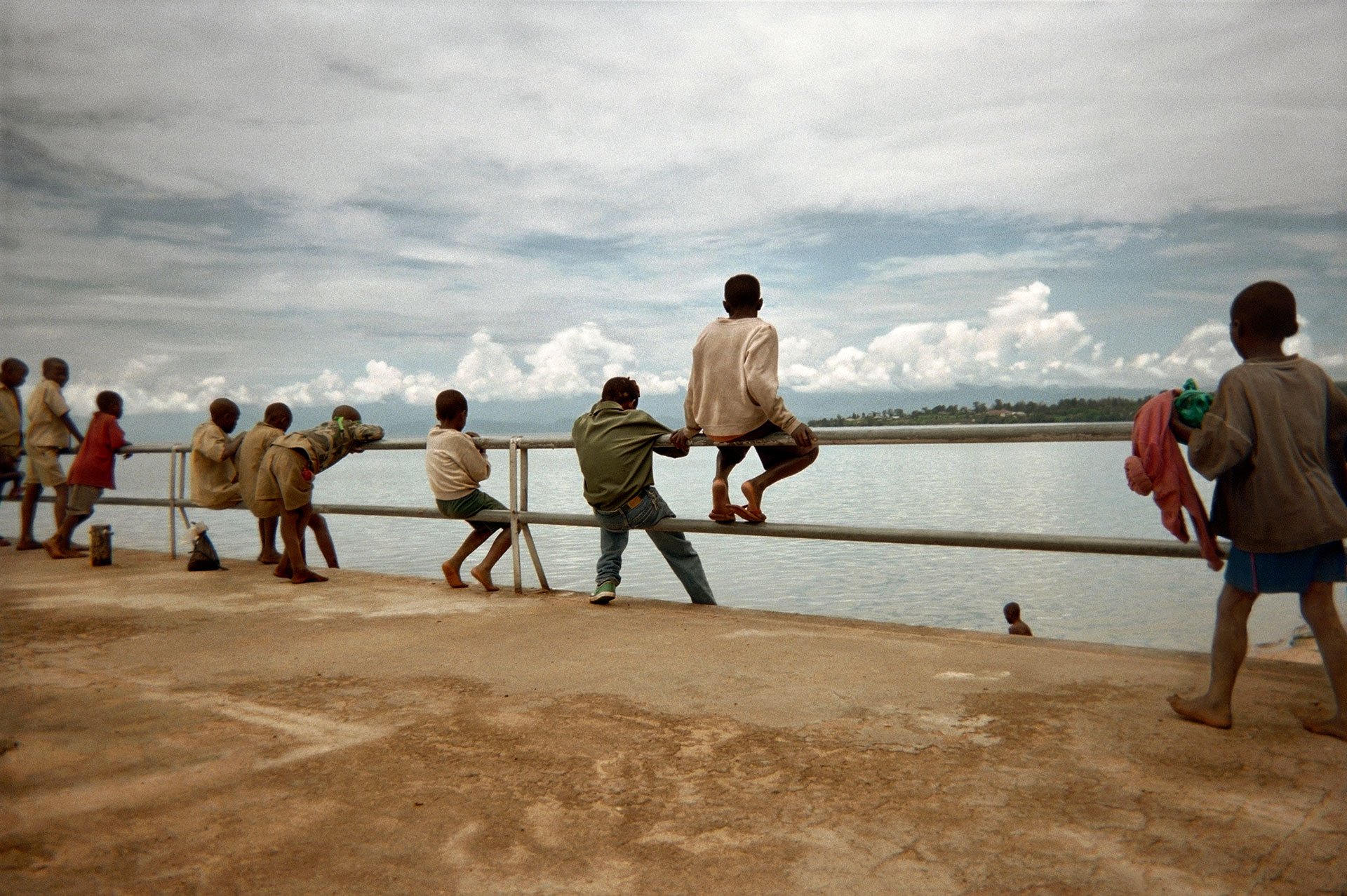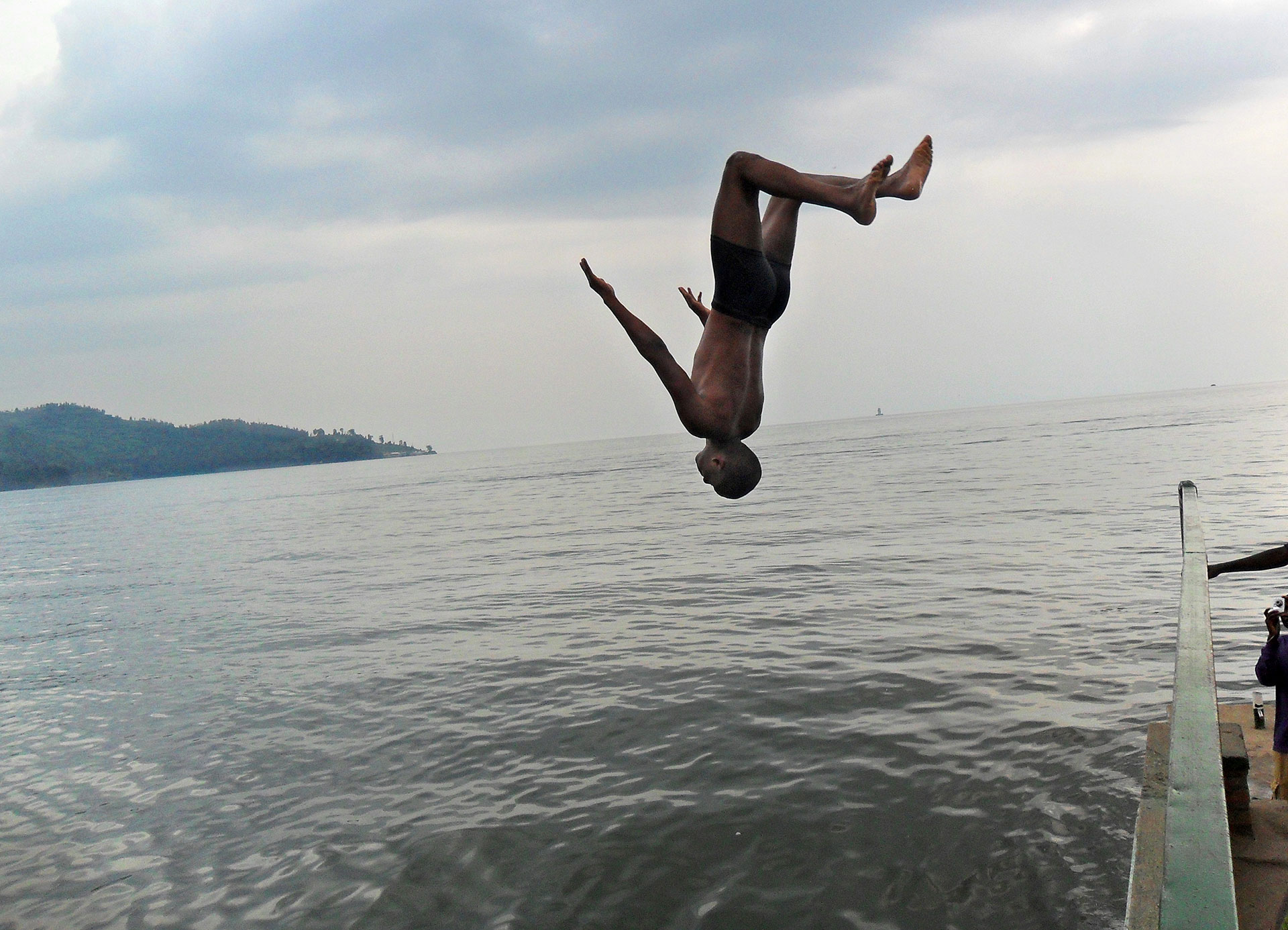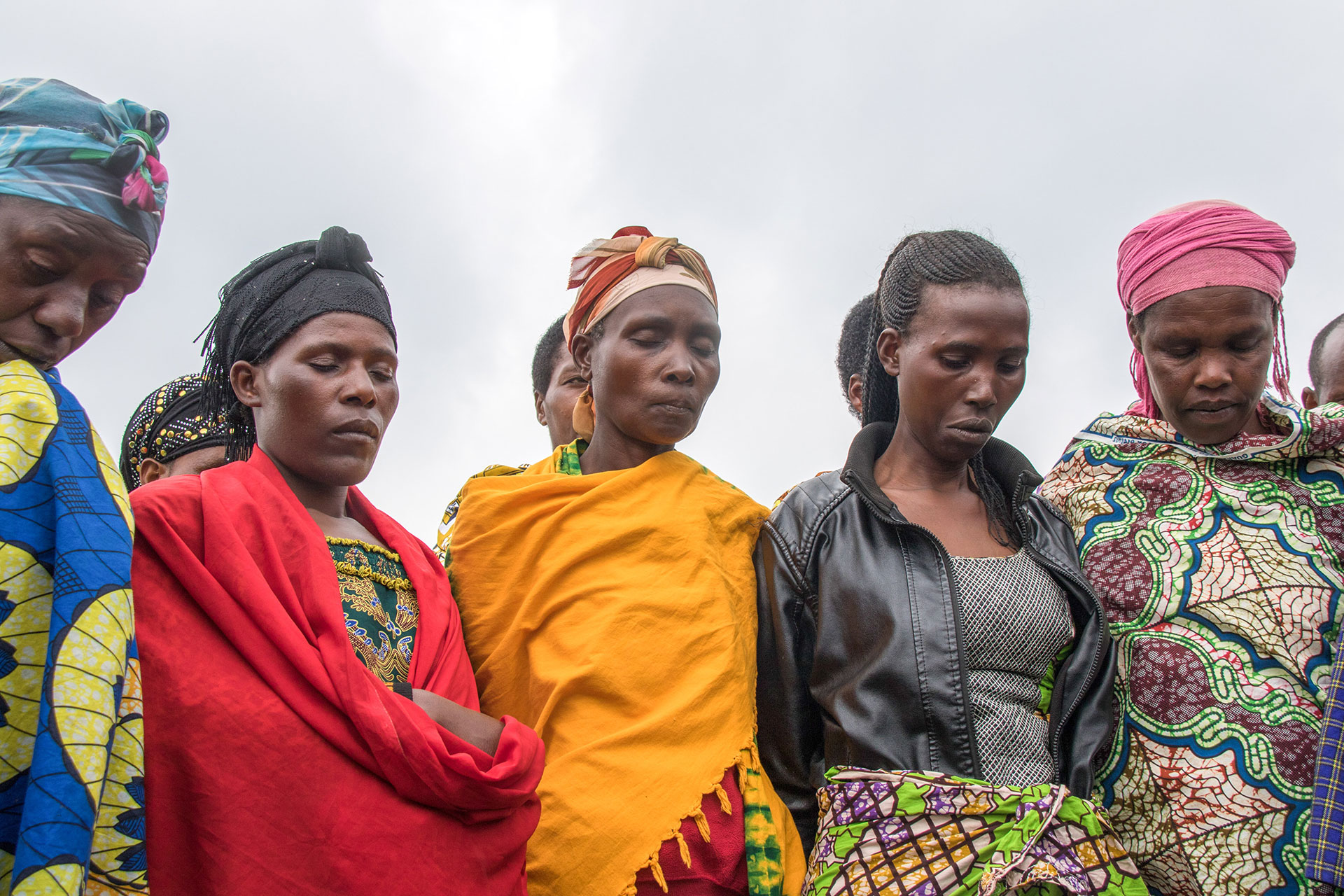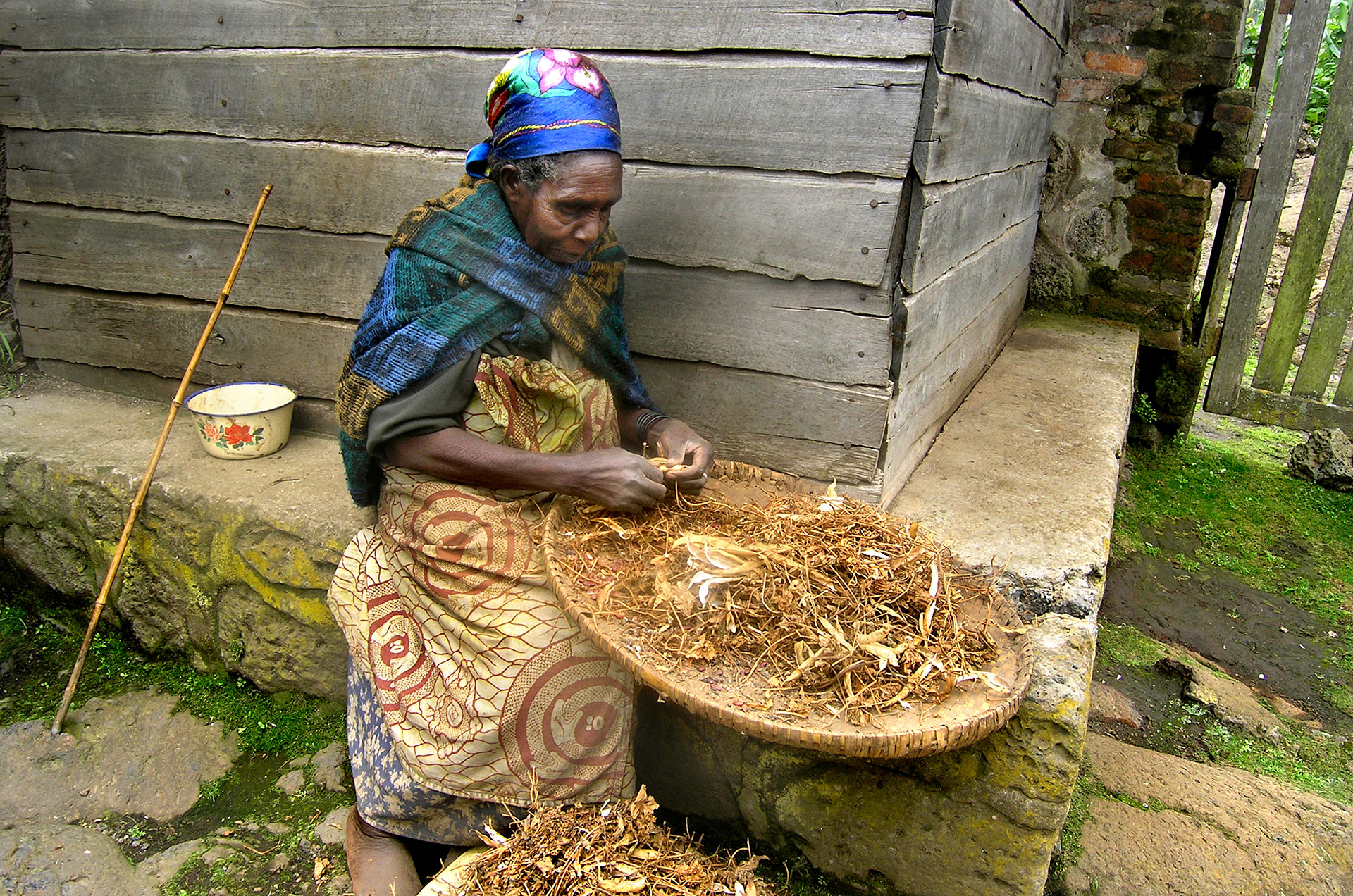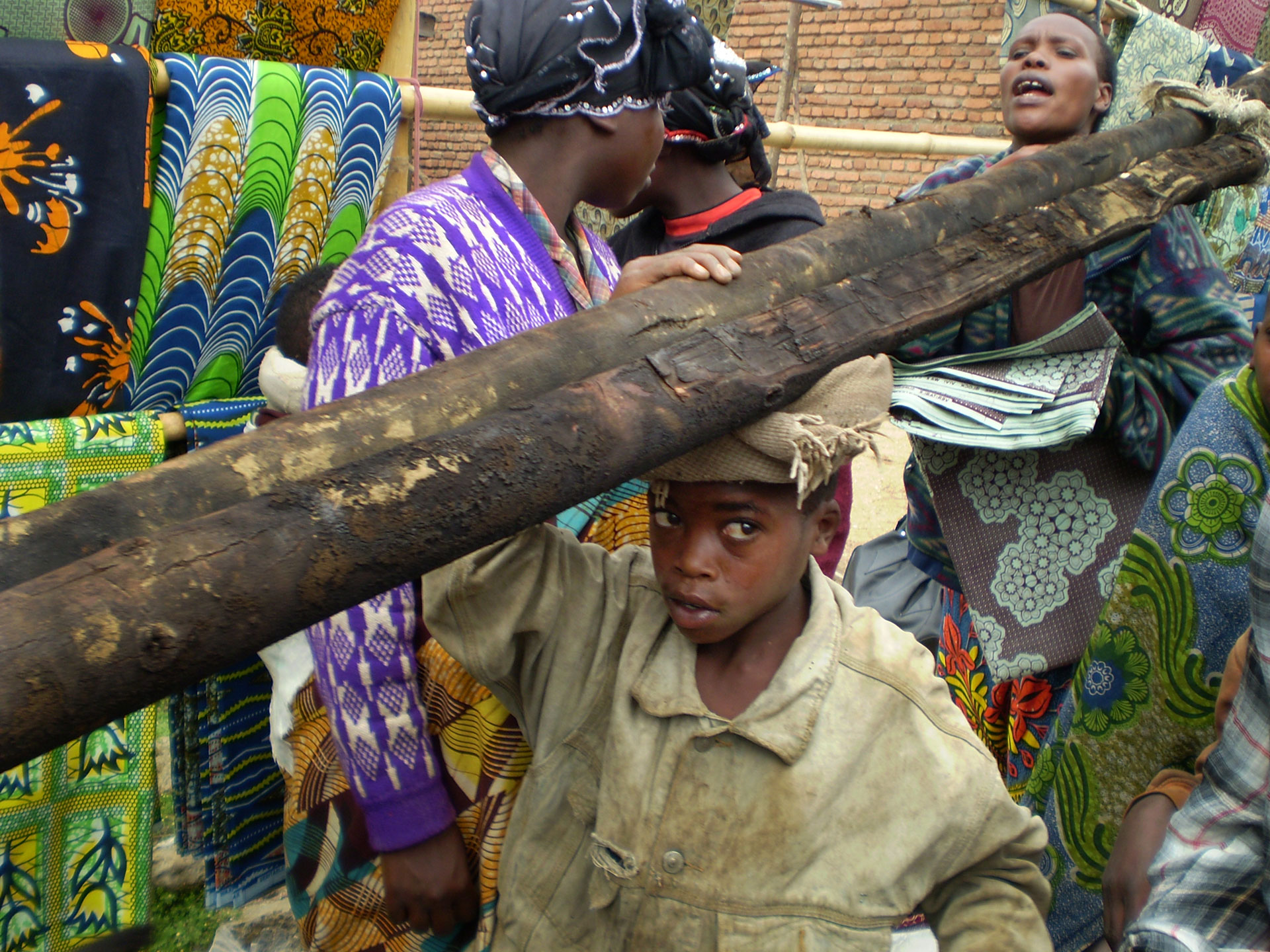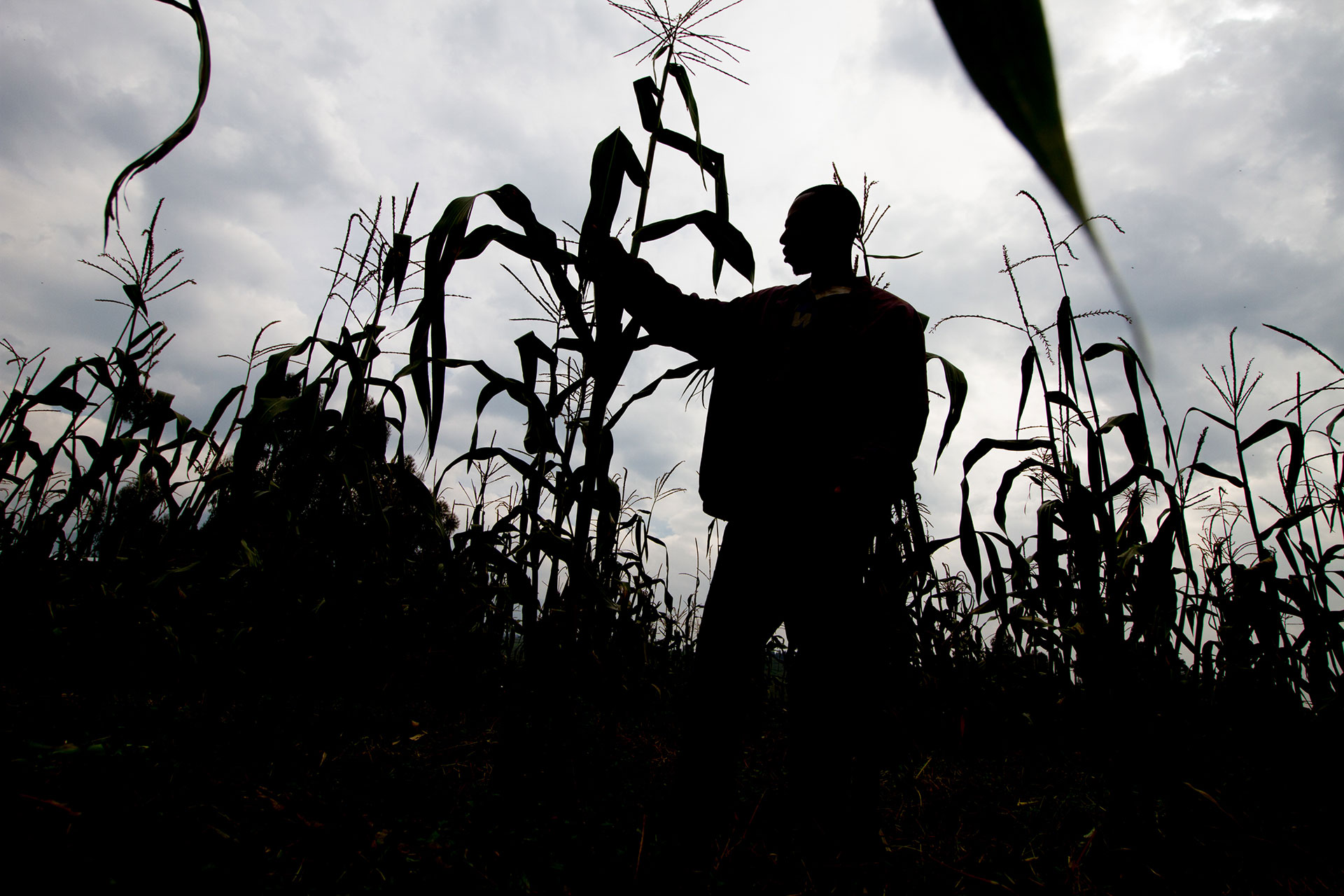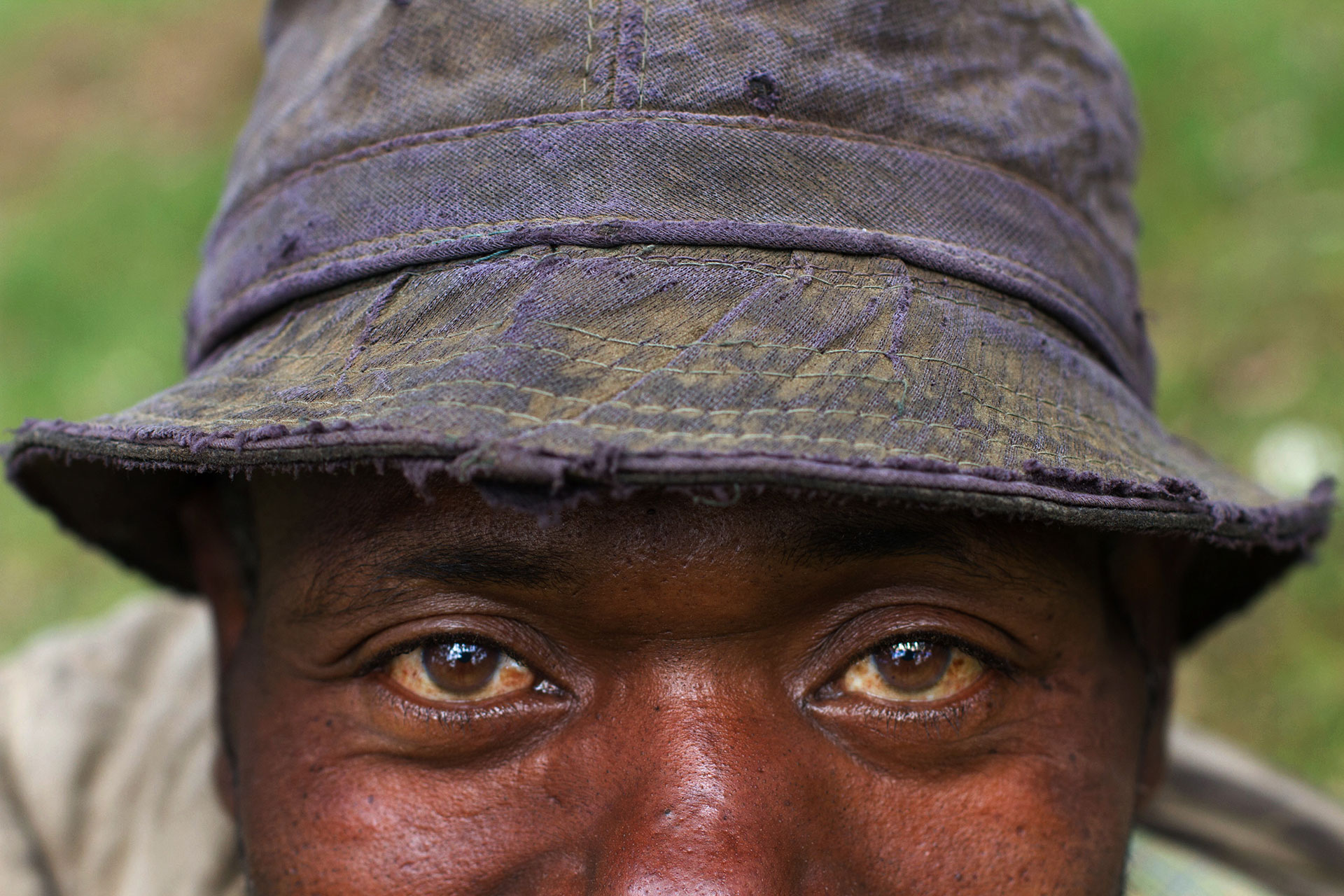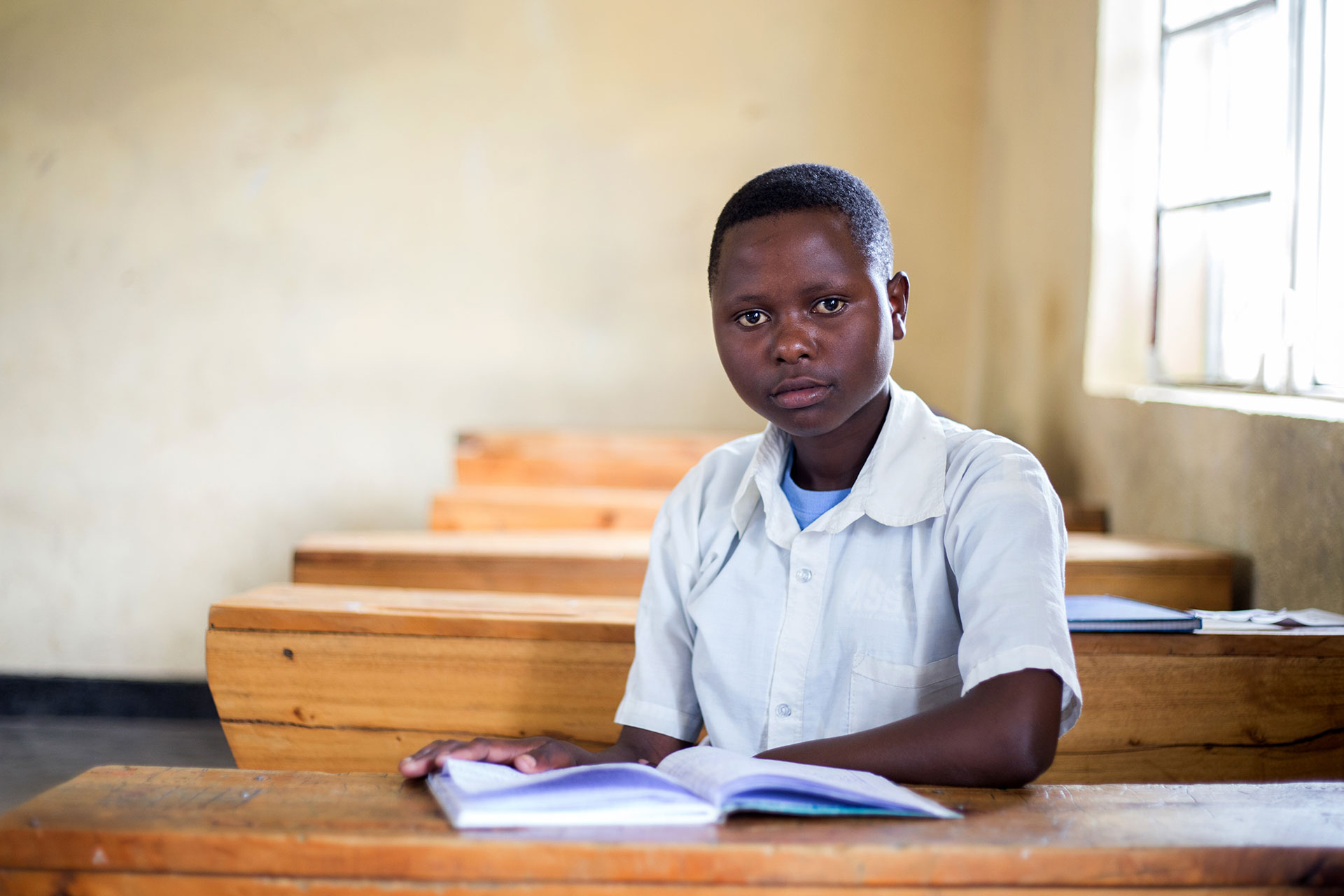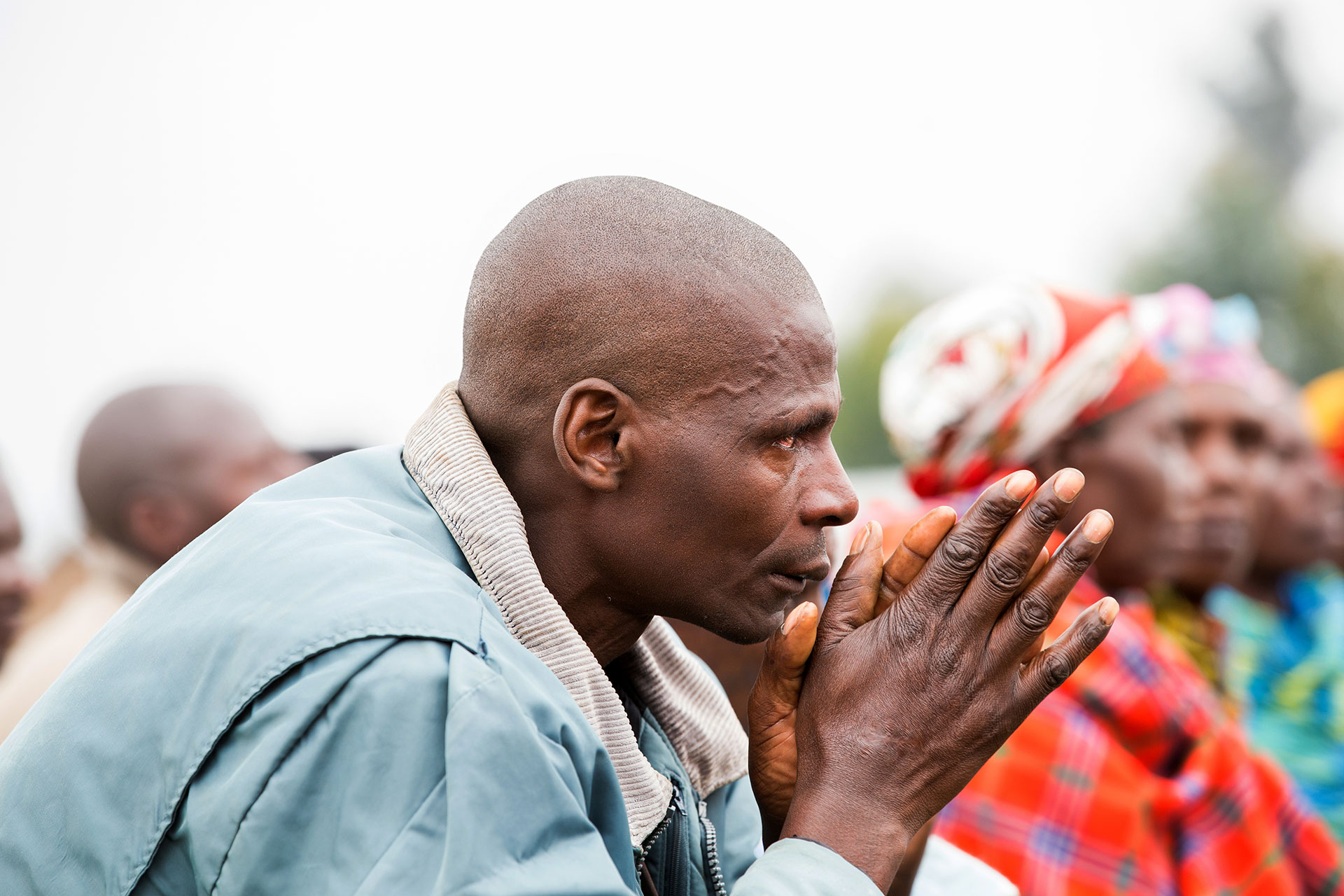Humanity lost, humanity found: 25 years after Rwanda’s genocide:
Introduction
KIGALI, Rwanda — Rwanda’s 100 days of darkness began 25 years ago on April 7, 1994 when extremists from the dominant Hutu ethnic group began a killing spree to rid the country of all minority Tutsis. Armed with nail-studded clubs, machetes, hoes, hammers and the teachings of a perverse ‘Ten Commandments’ that insisted on “no mercy” for Tutsis, killers littered the country with corpses and made the streets run red with blood.
In just three months, the genocide left 800,000 people dead and 95,000 children without parents.
Three orphans of the genocide — Gadi Habumugisha, Bizimana Jean, and Mussa Uwitonze — are now GroundTruth Film Fellows and the subjects of our feature documentary CAMERA KIDS that is currently in production by GroundTruth Films. We’ve been working together for the better part of three years to tell their story of courage, resiliency and healing. It is a story that itself is rooted in storytelling — about themselves and the people of Rwanda who struggle to find a way forward while reconciling the horrors of the past.
Today, Gadi, Musa and Bizimana are professional photographers. They were set on this career path as young children in the Imbabazi Orphanage where they were raised and where they were first given disposable Fuji cameras by Through the Eyes of Children, a nonprofit that teaches photography to vulnerable children and helps them to share their stories with the world. For more than a decade, Through the Eyes of Children visited the orphanage and taught photography to a group of 19 children. The orphans became known as “the camera kids.”
Now, as adults, the three men have gone from being students of the organization to becoming its teachers. Through the nonprofit, they are running photo workshops around the world with the goal of helping other vulnerable children.
“When I learned photography, that’s when I was able to express myself,” says Gadi. “I realized that I matter.”
“Photography can help you tell your story… and share it with the world,” says Mussa. “That can be a like a medicine. That can heal someone.”

Their first global photo workshops were held in 2018 with immigrant teens in New Jersey and foster children in Massachusetts. Over the next year, as they travel to Haiti and the Middle East to work with orphans and refugees, our films team will be with them, documenting their journey and exploring the power of storytelling to foster understanding — the very foundations of rebuilding and reconciliation.
“What amazed me most is that a child I am meeting for the first time already feels that I am a part of his family,” says Bizimana. “There are problems we have both faced that we have in common, and that helps to quickly bridge any divide and create true friendship.”
Nearly 20 years ago, when Gadi, Mussa and Bizimana started taking pictures in and around the orphanage, Rwanda was just beginning to rebuild following the genocide. The country had been annihilated, its humanity betrayed and its future uncertain. What their pictures captured, as Gadi puts it, weren’t killings. “It was life. It was people building themselves.”
Those photos of everyday life in Rwanda taken by Gadi, Mussa, Bizimana and the 16 other camera kids are the largest body of photographic work of Rwanda rebuilding, taken by those most affected by the genocide. The images have been exhibited around the world and featured at the United Nations and at the premiere of the movie Hotel Rwanda. The exhibits even paid for the education of the children at the Imbabazi Orphanage, empowering these child photographers to create better futures for themselves and their brothers and sisters.
As adults, Gadi, Mussa and Bizimana continue to turn their lens on Rwanda and the resilience of its people. What they see is a humanity that was lost is now found. It is undeniable that government-led forgiveness and reconciliation programs have succeeded in establishing a peaceful coexistence. But there is still unfathomable loss that they, and every new generation, struggles to understand.
While there is no answer to satisfy their question “Why?”, they are setting out to see reconciliation in action. In January of this year, they started their own photo project — a passion project — inside Rwanda to photograph and interview genocide perpetrators, their victims, and their children. The experience inspired them to organize a photo workshop that will bring together children of genocide perpetrators and children of genocide victims later this month.
Together, they are living testimony that long-lasting peace is now in the hands of the next generation.
Humanity lost, humanity found: 25 years after Rwanda’s genocide:
The Perpetrator Project
In our film CAMERA KIDS, we follow Gadi, Mussa and Bizimana on a powerful journey inside Rwanda as they try to understand the roots of the genocide that made them orphans. To do that, they meet with, photograph, and interview genocide perpetrators, their families, and their victims. They are the first genocide orphans to begin a conversation with the children of genocide perpetrators.
The result is an ongoing project in which they are defining their own role in the reconciliation process and documenting how the legacy of genocide affects the next generation.
“They told me my father is a murderer, so you are one too”
In these short videos featuring photography from Gadi, Mussa and Bizimana, we meet children of genocide perpetrators. Here, Anastase explains how he carries the burden of his father’s crimes.
“Even though I don’t like to smile, I’m a joyful person”
Zawadi, 14, was bullied by the community before her father sought forgiveness from his victims.
“Will you kill us too?”
Angelique was terrified of her father after learning his role in the genocide. For the 25th anniversary, she has written a song focused on suffering and reconciliation.
Humanity lost, humanity found: 25 years after Rwanda’s genocide:
The Camera Kids: All grown up
Mussa Uwitonze

Mussa was six years old when the Red Cross moved him from a refugee camp in Congo to the Imbabazi Orphanage. Today, Mussa is a photographer and project coordinator for Through the Eyes of Children as well as a GroundTruth Film Fellow. Mussa graduated from Rwanda Tourism University College. He lives in Kigali and is married with two young daughters.

Browse through a sample of Mussa’s work:
You can see more of Mussa’s photos here.
Gadi Habumugisha

After arriving at the orphanage with his sister Uwamahoro, Gadi remembers periodically being brought to the market by the Red Cross which was working to reunite families separated during the genocide. At the market, mothers and fathers looking for their children would inspect him to see if they recognized him. His family was never found. Today, Gadi is professional photographer. He teaches photography workshops as a project coordinator for Through the Eyes of Children and has been awarded a GroundTruth Film Fellowship.

Browse through a sample of Gadi’s work:
You can see more of Gadi’s photos here.
Bizimana Jean
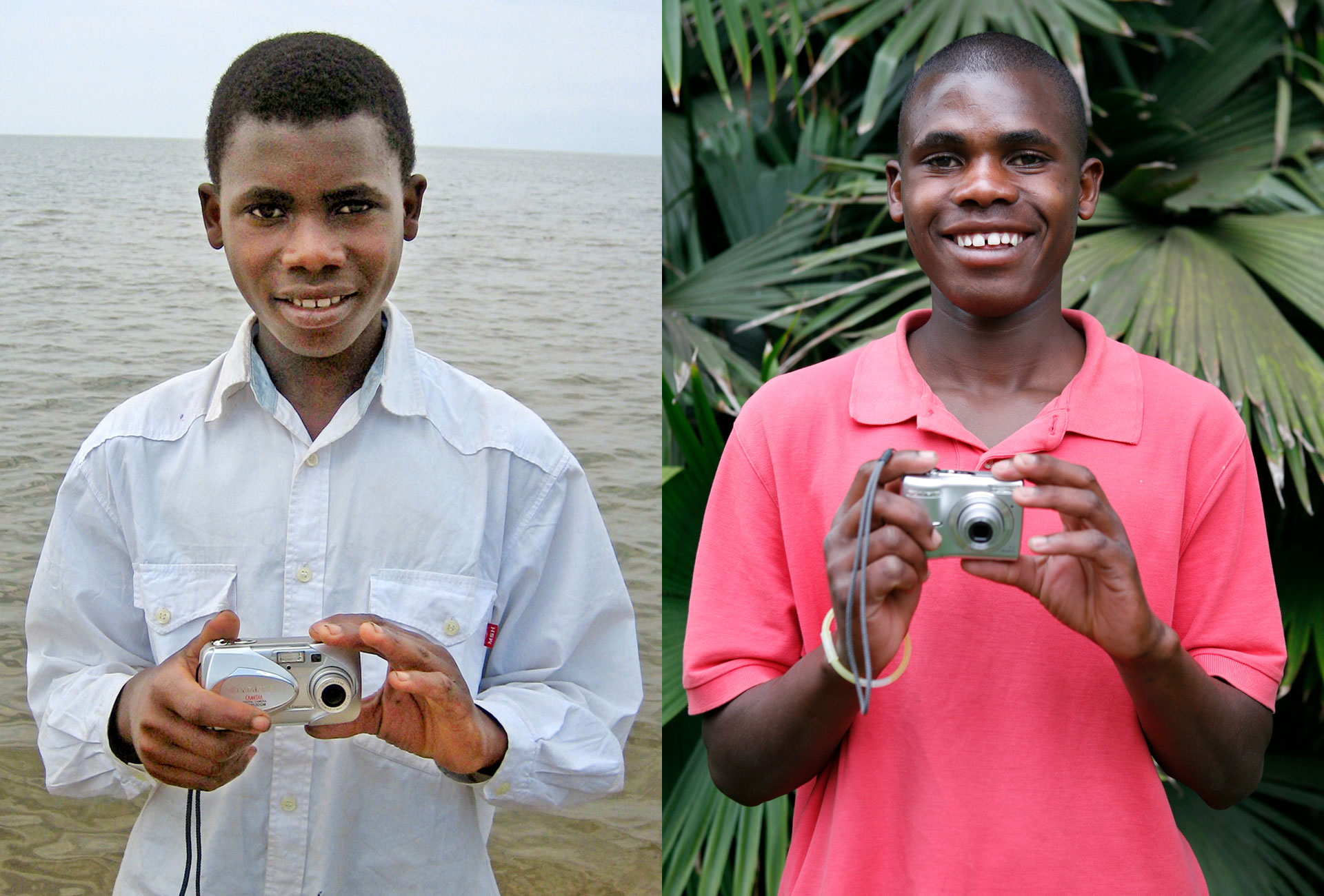
Bizimana’s family fled to fled to neighboring Zaire (now Congo) during the genocide. His grandmother took care of him, but died when she was trying to return to Rwanda from Congo. Bizimana arrived at the Imbabazi Orphanage at the age of three. He graduated from Mount Kenya University with a degree in Information Communication Technology. Today, he is a staff photographer with Reuters Africa, a project coordinator with Through the Eyes of Children, and a GroundTruth Film Fellow.
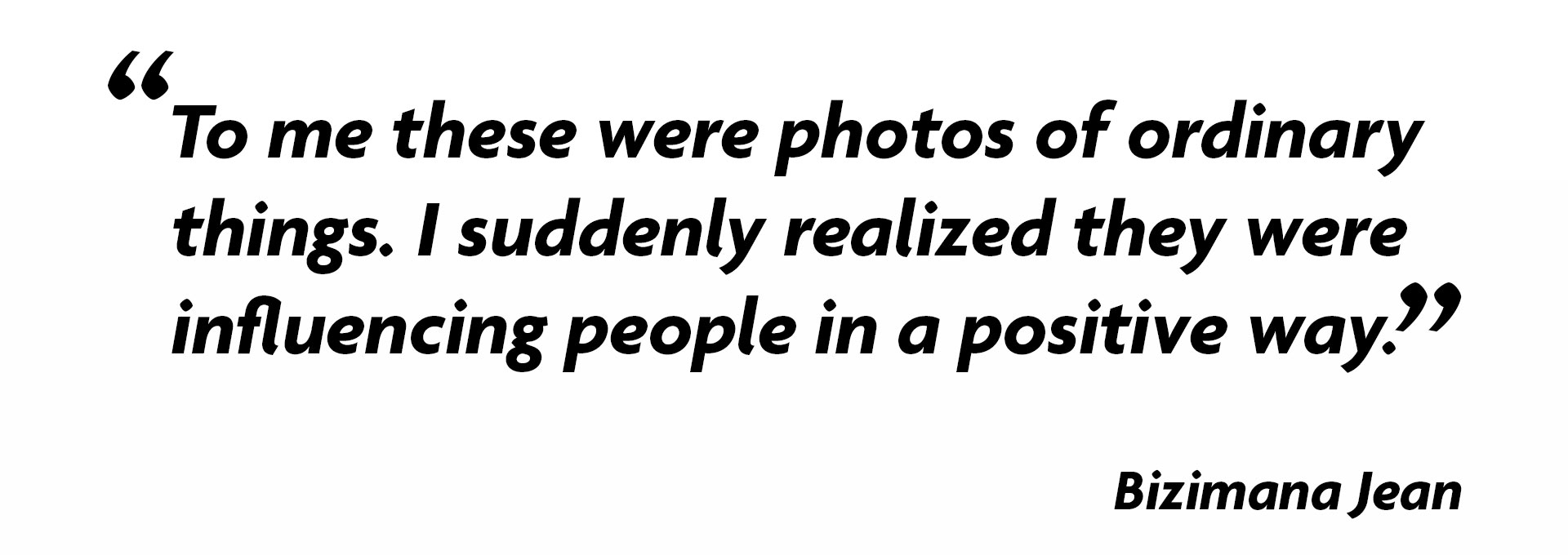
Browse through a sample of Bizimana’s work:
You can see more of Bizimana’s photos here.
Humanity lost, humanity found: 25 years after Rwanda’s genocide:
Timeline

Humanity lost, humanity found: 25 years after Rwanda’s genocide:
Director's statement
Rwanda’s history teaches us two important lessons: When hatred is taught, unimaginable evil follows. When tolerance is taught, peace follows. I believe these lessons have never been more important than they are today.
In Rwanda, government-sanctioned teachings throughout the early 1990s demonized and dehumanized the Tutsi minority group. Leaders of the majority Hutu ethnic group stoked fears among the people by blaming the Tutsis for political, social and economic problems in the country, inspiring a nationwide machine of death to hate and kill. Tutsis were called “invaders,” “cockroaches” and “snakes” as hate propaganda spread and the seeds for genocide were planted.
It is impossible to study this history without drawing parallels to what’s happening in our world today.
With the rise of far-right populism, white nationalists throughout the U.S. and around the world, are using the same fear-stoking language Rwanda’s genocide perpetrators used in the months and years leading up to the 1994 genocide. That’s chilling.
Just this week President Trump described asylum seekers as “animals” and “an infestation.” Dehumanization always starts with language. Dehumanization fuels hatred. Dehumanization goes hand-in-hand with incitement.
Blaming immigrants and minorities for the nation’s problems is a time-honored American tradition rooted in ignorance and bigotry that is increasingly inciting violence. Just look at the recent caravan hysteria that was defined by the word ‘invading,’ a term we heard repeated by the Hutu genocide perpetrators we interviewed when describing how they were brainwashed to fear Tutsis. In the U.S., the movement of Central American migrants toward the southern border has repeatedly been called an ‘invasion’ and that label inspired the sickening mass shooting at the Tree of Life Synagogue in Pittsburgh that left 11 people dead. The New Zealand shooter called immigrants ‘invaders’ before murdering 50 people at a mosque.
Incredibly, just hours after that mass shooting, President Trump repeated the word ‘invaders’ to justify declaring a national emergency to stop migrants from coming into the United States. He said, “People hate the word invasion, but that’s what it is.”
When Rwanda emerged from its 100 days of darkness, forgiveness and reconciliation programs were not only encouraged, but also enforced. As people had been taught how to hate, now they were taught how to make peace. Twenty-five years after the genocide, the country has found a way to balance justice and healing, vengeance and forgiveness, and has become a model of hope for the world.
This model of hope is embodied by the three young men featured in CAMERA KIDS. They are using their skills as photographers and storytellers to strengthen the social fabric in Rwanda and build bridges between cultures and people globally. Their story presents a message of common humanity and moral courage that I want to serve as an antidote to hateful ideology and xenophobia. I hope, therefore, that this film can inspire empathy and for that empathy to in turn inspire actions that unify us as people and keep us from ever seeing anyone as less than human.



